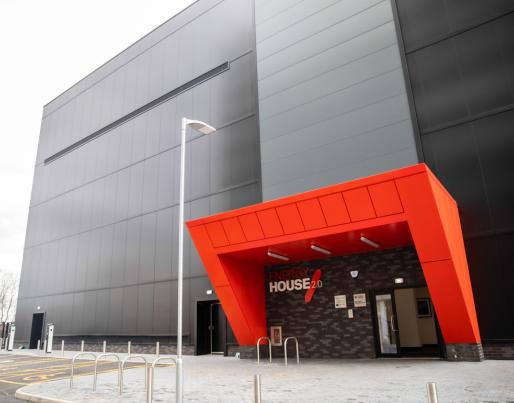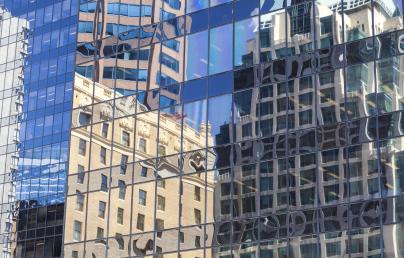Energy House 2.0 project

Energy House 2.0 project
The built environment accounts for 40% of the UK’s carbon footprint and to achieve net zero will require a step change in the design of new buildings but also, more importantly, it will require a comprehensive upgrade and retrofit programme to the existing housing stock; the UK Green Building Council estimates that 80% of the 2050 building stock has already been built. At a cost of £16m, the construction of Energy House 2.0 is being supported by the European Regional Development Fund (ERDF) and the Office for Students.
The build and commissioning of Energy House 2.0 was completed in February 2022 and is the largest research facility of its type. Within Energy House 2.0 there are two environmental chambers each able to accommodate two detached houses and under controlled conditions, recreate a wide variety of weather conditions with temperatures ranging between -20˚C to +40˚C and simulated wind, rain, snow and solar radiation.
This unique facility will play a key role in accelerating the progress towards low carbon and net zero housing design and builds upon the success of the original Energy House Laboratory, which was opened in 2012.
In June 2022, the next phase of work commenced. In partnership with Barratt Developments, Bellway Homes, and Saint-Gobain, it started building test houses inside the environmental chambers. This will be followed by testing and research programmes which will continue until spring 2023.
Be part of energy house 2.0
With the ERDF support, the Energy House 2.0 academic and technical team are working with businesses in Greater Manchester to develop low carbon technologies for buildings. The project build was completed in February 2022 and during March and April, four different types of houses will be built inside the environmental chambers that will act as test beds for low and zero carbon technologies.
If you would like to be involved, please contact at energyhouse2@salford.ac.uk.


